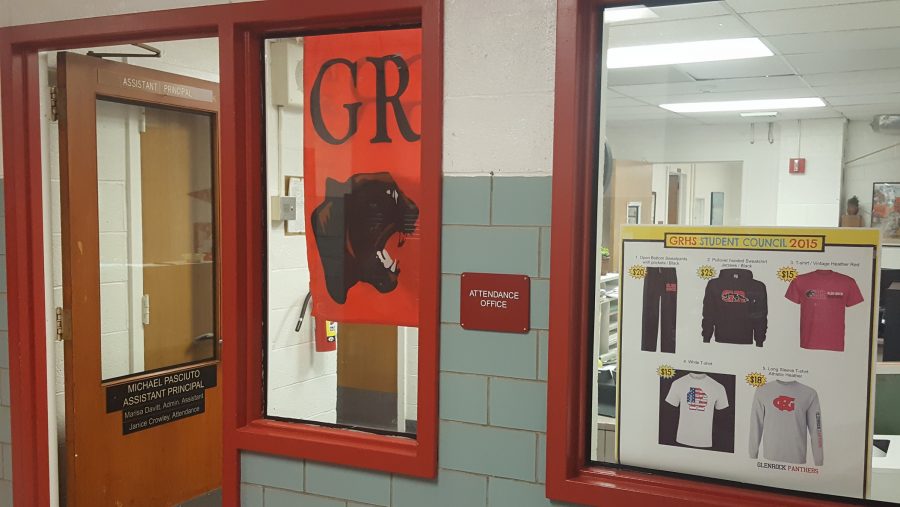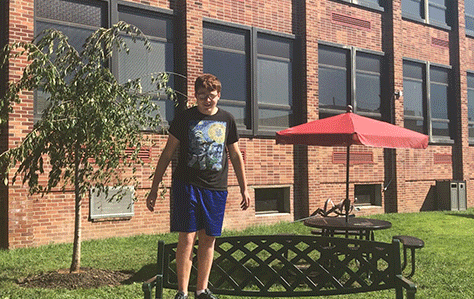Student dismissal rules see major changes
September 29, 2016
Vice Principal Mike Pasciuto announced a new school rule that restricts students from being excused mid-class or without a parent being present.
Pasciuto presented the rule to the junior class on Tuesday, Sept. 13. It was created over the summer and added to the student handbooks.
“The number one reason has always been student safety,” Pasciuto said.
The rule was put into effect in an effort to make the school more safe and to reduce the amount of classes cut. According to Pasciuto, 1,000 students over the course of last year left classes early. There were also accounts of forging of excusal notes, which resulted in some students’ locations being unknown by both parents and the school.
Pasciuto said that the rule is good for the school and will reduce the amount of students unnecessarily missing classes. Students, however, have disagreed, calling the rule unfair. Parents have said that although a nuisance for scheduling, it is necessary so students won’t miss as much school.
“Although inconvenient for parents needing to schedule appointments for their kids, this rule has an upside in that there will be fewer class-time disruptions,” parent Vicky Katzman said.
As for students, some could understand the motivation but were irked by what they saw to be unfair regulations.
“I see where he’s coming from, but I think he is approaching it the wrong way,” junior Andy Perez said.
Some students felt that they now need to bend appointments to fit the time frame in which they are allowed to be excused. Students said that the rule was targeting people who cut class and left school more often because of the leniency of the rule last year.
“You should not take the fall for someone else,” said junior Derin Hartman, who felt it was unfair that everyone was being punished for people who cut class.
If a student leaves class early, it now counts as an absence. Students are restricted to only 16 absences for the year before credit for a class is lost. For Pasciuto, though, the idea is for students to get more from classes, not less.
“The disruption isn’t to the rest of the class,” Pasciuto said. “The disruption is to the actual student themselves.”




